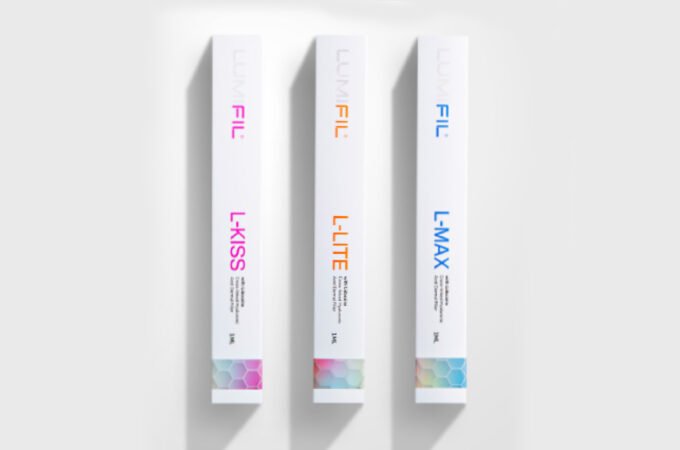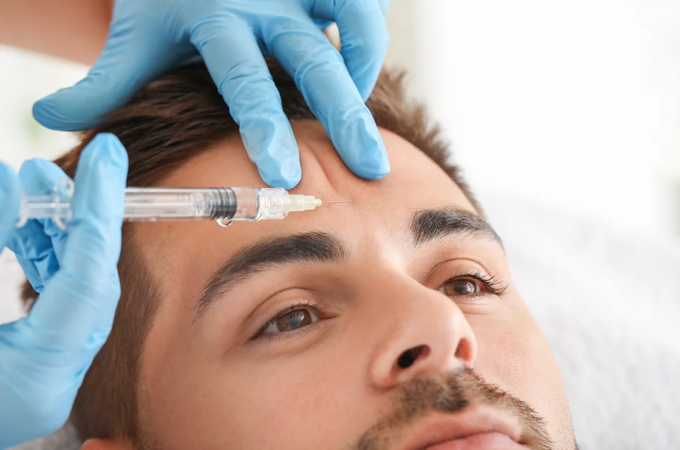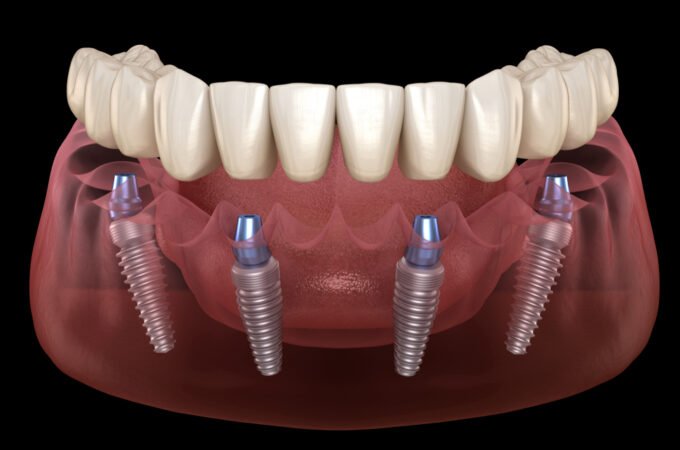
Breast Augmentation 101: Everything You Need to Know
Between 2000 and 2018, breast augmentation procedures increased by 48%.
The growth of this procedure is about more than just wanting to look good. Breast augmentation can help to correct uneven breasts after surgery, improve self-confidence, and even counteract the reduction in your breast size after pregnancy.
If you’re considering breast augmentation, you may have a lot of questions.
Read on as we cover the key things you need to know about breast augmentation.
What Is Breast Augmentation?

Breast augmentation is a form of cosmetic surgery that produces fuller breasts through the use of implants.
It can serve a number of different purposes. These include:
- Increasing the size of naturally small breasts
- restore the shape of breasts after the impact of surgery, pregnancy, or age
- balance out asymmetrical breasts
As you can see, breast augmentation is about more than just increasing the size of your breasts.
Who Can Have Breast Augmentation?
Almost anyone can have breast augmentation, but there are a few exceptions.
If you’re pregnant or breastfeeding, then breast augmentation is off the table. You also need to be in good health. If you’re receiving treatment for serious health conditions, then this procedure isn’t an option.
You also shouldn’t consider breast augmentation until your breasts have fully developed.
What Does Breast Augmentation Involve?
You receive an anesthetic so that you don’t feel any pain during the procedure. This will usually be a general anesthetic that puts you to sleep, although a local anesthetic is also a possibility.
The surgeon makes an incision in order to allow the insertion of the implant. The most common places for incisions are in the crease beneath your breast, around the nipple, or in the armpit. Good cosmetic surgeons, such as breast augmentation surgeon, Dr. Garrett Wirth will choose a location that is likely to leave the least scarring.
Once the incisions have been made, it’s time to insert the implants.
What Are Implants?
Implants are medical prostheses that create or enhance the physical form of the breast.

There are three main types of implants used in breast augmentation.
Silicone Implants
Silicone implants are made from a silicone outer shell filled with a silicone gel.
These are the most common implants used in breast augmentations. They are FDA-approved and are suitable for use for anyone aged 22 or above. They are the most natural-feeling option and also mimic the weight and bounce of natural breasts.
One downside of this type of implants is that they are prefilled meaning that you’ll need a larger incision in order to fit them. Your surgeon will usually make an incision in the crease of your breast; the incision will be hidden by your breasts once the procedure is complete.
Highly Cohesive Silicone Gel Implants
This type of implants is also known as “gummy bear” implants. The gel inside is firmer than in normal silicone implants. This means that the implants hold their shape.
This makes them ideal for cases where a teardrop-shaped implant is a better option. This shape more closely mimics the shape of natural breasts, which are usually fuller towards the bottom than at the top. This type of implant has also been shown to offer better long-term performance.
Since the implants are firmer, they may feel less natural than standard silicone implants. The shape means that you may need an even larger incision with this type of implant.
Saline
Saline breast implants were once the most popular choice, but their use has become less common thanks to the introduction of silicone implants.
Saline implants are filled with sterile salt water which makes them a more affordable option than silicone. They can also be filled to a specific size during the procedure, which makes them ideal for women who have asymmetrical breasts. It also means that a smaller incision is needed, so there will be less scarring.
There are some downsides to saline implants. They may not feel as natural as silicone implants, and you may see some rippling under the skin. They are also more likely to rupture than silicone implants, although your body can absorb the salt water without harm.
Saline implants are also heavier than their silicone counterparts.
What to Expect From the Procedure
The first stage of the process is deciding on the size and shape of the implants.
This is often done by wearing the implants inside a bra in order to get an idea of how they will look and feel once the procedure is complete. Your surgeon will then discuss your options with you such as the type of implant they will use, and the best place to make the incision.

The surgery itself is usually performed under general anesthetic, so you’ll be put to sleep and won’t wake up until the procedure has been completed. The surgeon will then make an incision, and insert the implant either under the pectoral muscle or behind the breast tissue.
The incision will then be sewn up. After the stitches dissolve (usually within about six weeks) you will initially have incision lines, but these will fade with time. You should avoid any strenuous activity for a couple of months, but after that, you can return to your usual lifestyle with your newly augmented breasts.
Looking for More Great Content?
We hope that this article has helped you to learn more about breast augmentation. If you’re considering breast augmentation then be sure you use a doctor that you can trust who has a lot of experience in the field.
For more great content, be sure to check out the rest of the site.




